Ancient seismic waves and how we "hear" them
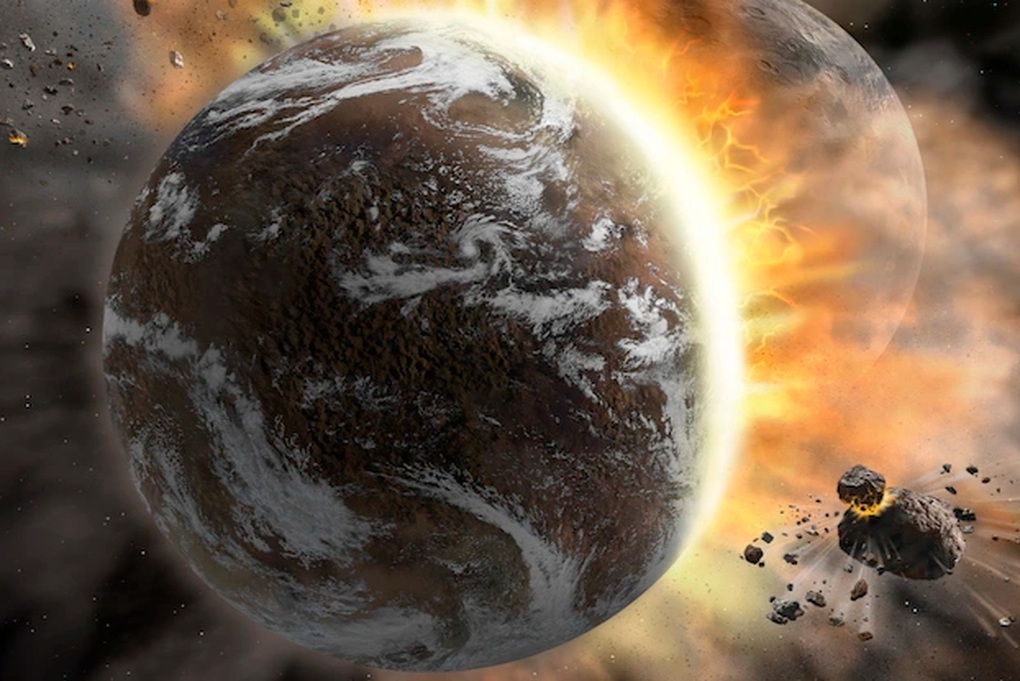
Simulation of two colliding planets (Photo: NASA).
In the history of the formation of the universe, collisions between planets are not uncommon phenomena. The early Solar System was like a cosmic battlefield, where planets, satellites and asteroids crashed into each other, leaving behind thousands of large and small impact craters, typically on the surface of the Moon.
But these impacts leave more than just a surface mark. According to a new study published in early 2025, they can trigger seismic oscillations deep inside the planet that can last for millions of years, creating a lingering “reverberation” that can be detected by sophisticated optical instruments like the James Webb Space Telescope (JWST).
The study, led by Dr JJ Zanazzi, a theoretical physicist at the University of California, Berkeley, simulated a collision between two gas giants: a young, smaller planet colliding with a larger, older planet.
The team's goal is to find out whether the collision generated seismic waves large enough and lasting long enough to be observed photometrically (i.e. measuring brightness) from Earth.
Although JWST does not directly record seismic waves, its ability to measure light with extreme precision means it can detect small changes in the light emitted by planets that are the result of internal seismic fluctuations.
The two main types of oscillations mentioned are f-modes (surface oscillations, like waves on the surface of water) and p-modes (pressure oscillations, like sound waves). These oscillations not only affect the planet's atmosphere but also extend deep into the core, changing the way the planet glows over time.
Planet Beta Pictoris b and the "echoes" of a prehistoric collision
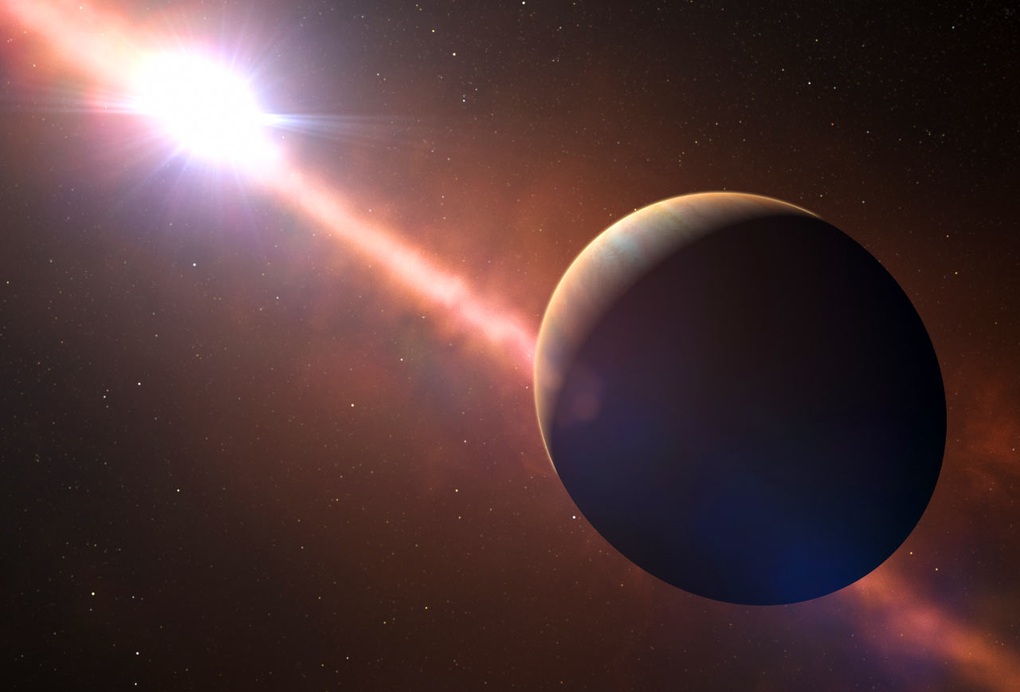
Beta Pictoris b is the subject of research that suggests aftershocks may still exist today (Photo: Sci-news).
The specific research subject is the planet Beta Pictoris b - a giant, young planet, located about 63 light years from Earth, with a mass about 13 times that of Jupiter and only about 12-20 million years old.
The team simulated a scenario where a planet with a mass similar to Neptune (equivalent to 17 times the mass of Earth) collides with Beta Pictoris b.
The results show that the collision not only contributed to the accumulation of huge amounts of heavy metals (from 100 to 300 Earth masses) but also created seismic oscillations that could last for a period equivalent to the planet's lifetime.
If the collision occurred between 9 and 18 million years ago, those oscillations could still exist today and be detectable by JWST.
Not only providing information about the internal structure of the planet such as material density and stratification, these oscillations help trace back the formation and evolution of the planet, and open up new research directions in extrasolar planetary seismology.
The study also suggests that not only collisions, but also orbital migration due to tidal gravitational forces from the host star can stimulate oscillation modes in the planet, especially in gas giants with highly eccentric orbits.
This is considered a new approach, helping humans "hear" signals from inside distant planets in the universe, even though they are dozens of light years away from Earth.
Source: https://dantri.com.vn/khoa-hoc/bi-an-ve-tieng-vang-keo-dai-hang-trieu-nam-trong-vu-tru-20250510081629043.htm


![[Photo] Party and State leaders attend the special art program "You are Ho Chi Minh"](https://vphoto.vietnam.vn/thumb/1200x675/vietnam/resource/IMAGE/2025/5/18/6895913f94fd4c51aa4564ab14c3f250)



![[Photo] Ready for the top competitions of Vietnamese table tennis](https://vphoto.vietnam.vn/thumb/1200x675/vietnam/resource/IMAGE/2025/5/18/9c547c497c5a4ade8f98c8e7d44f5a41)
![[Photo] Many young people patiently lined up under the hot sun to receive a special supplement from Nhan Dan Newspaper.](https://vphoto.vietnam.vn/thumb/1200x675/vietnam/resource/IMAGE/2025/5/18/6f19d322f9364f0ebb6fbfe9377842d3)
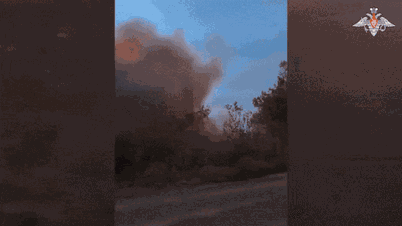







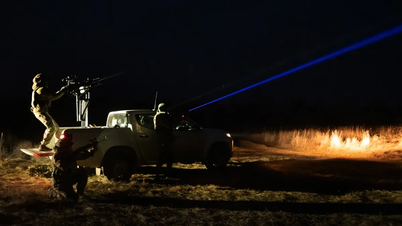




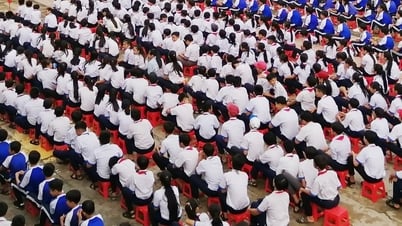
























































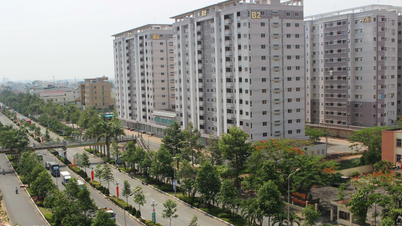

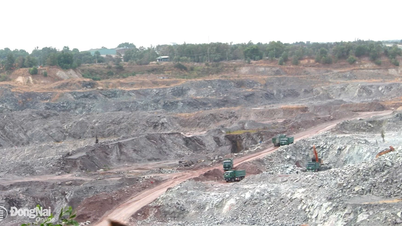










Comment (0)